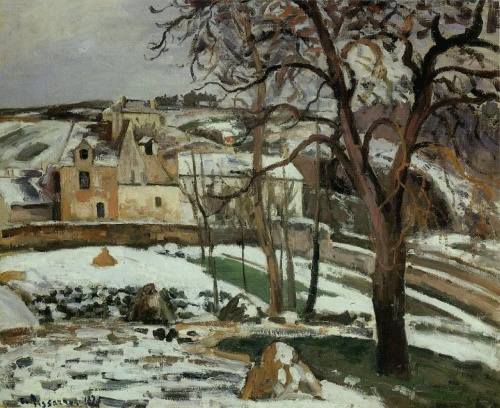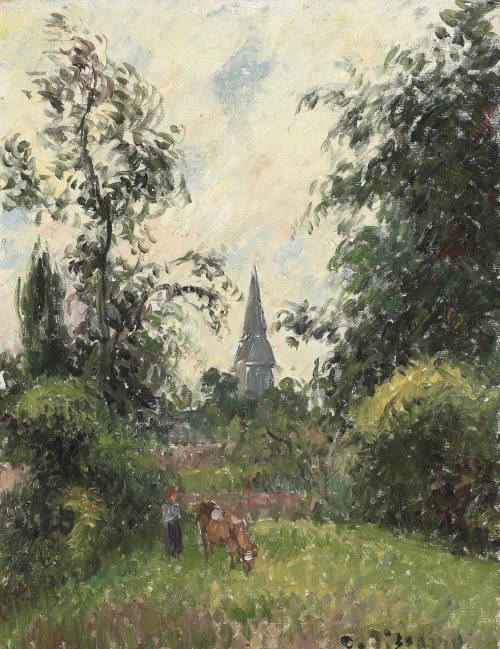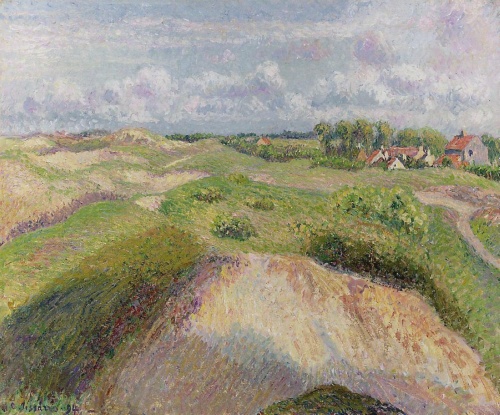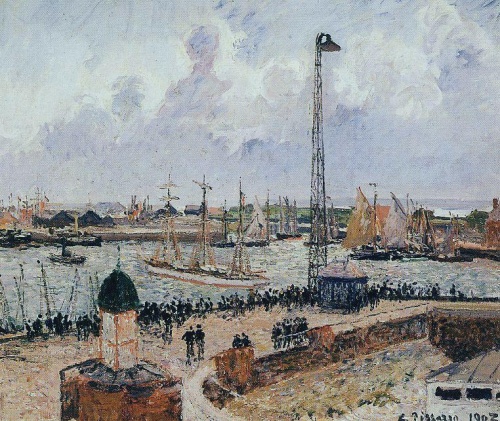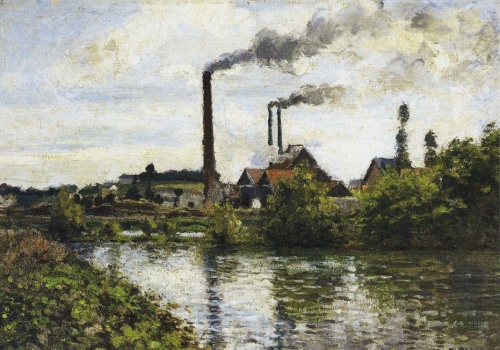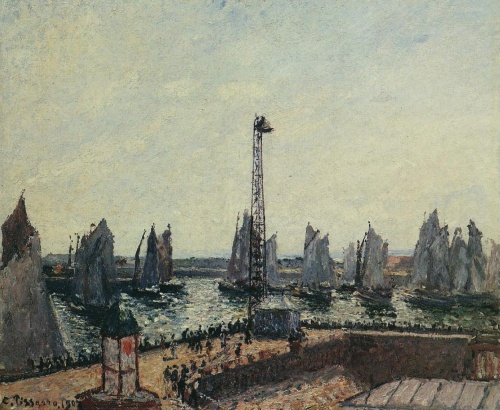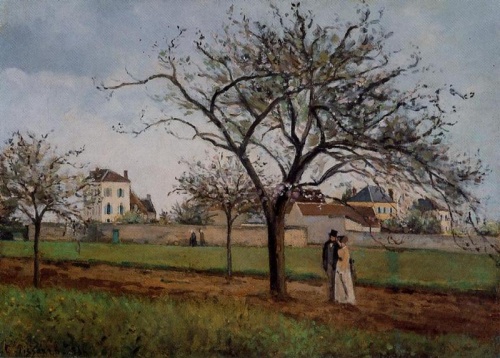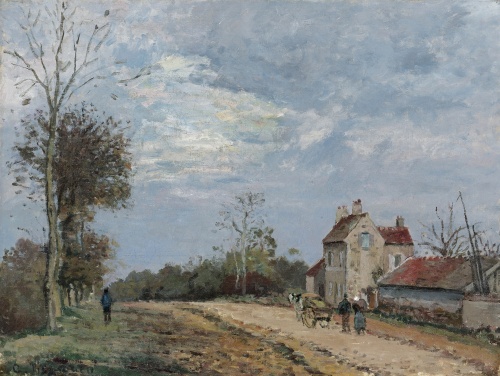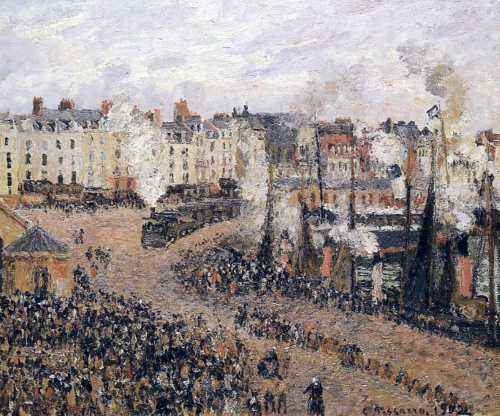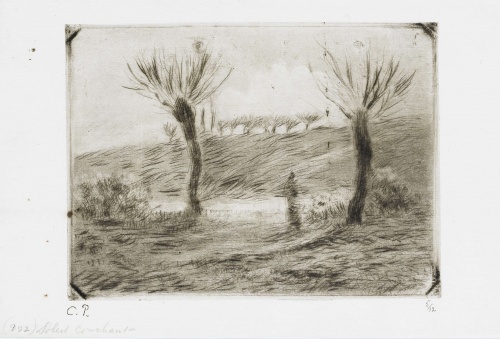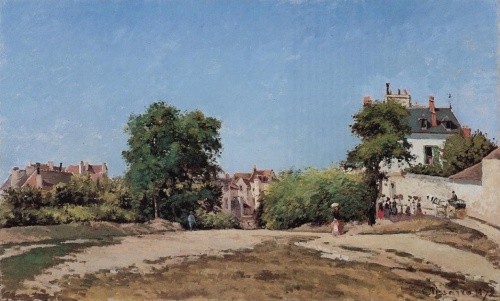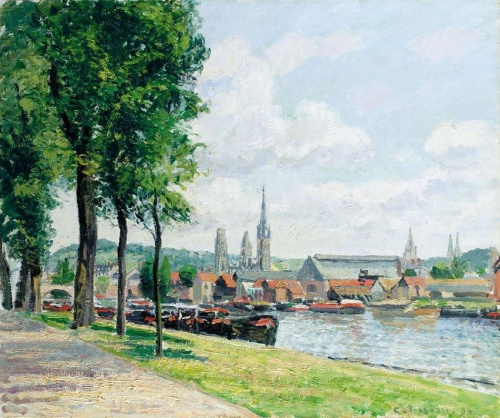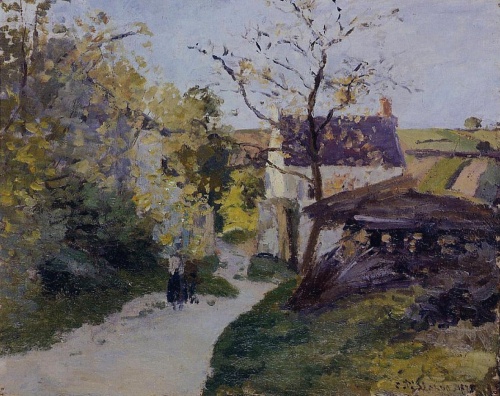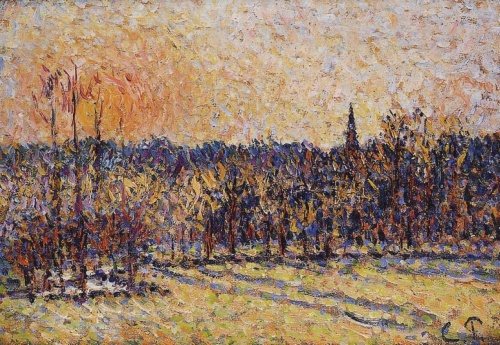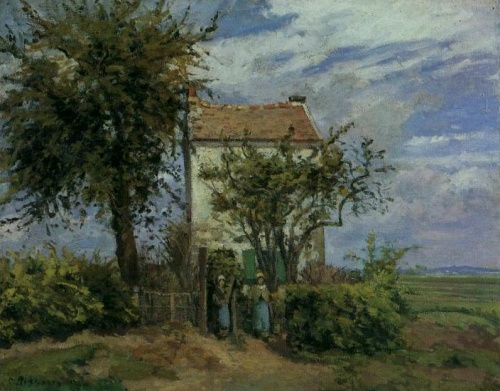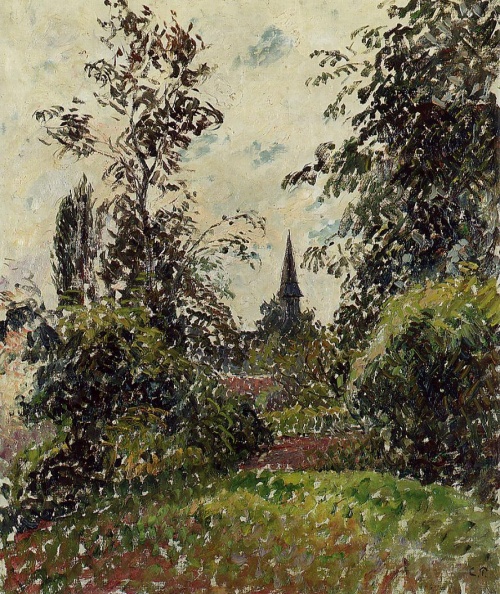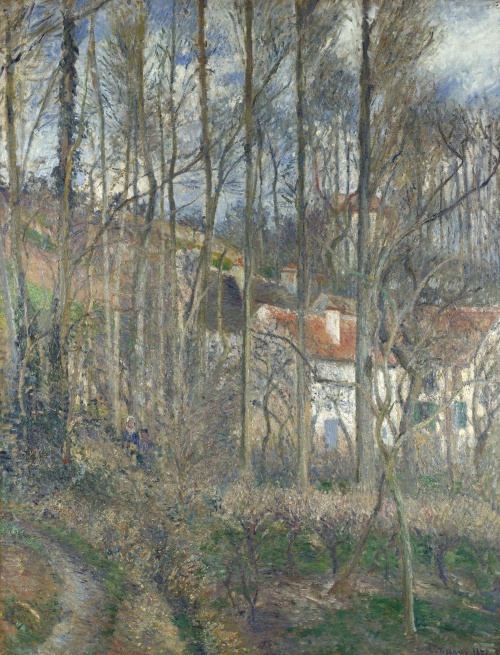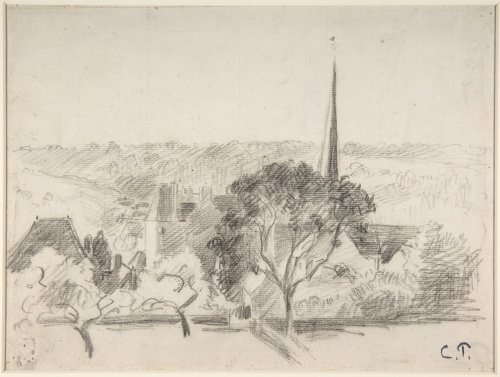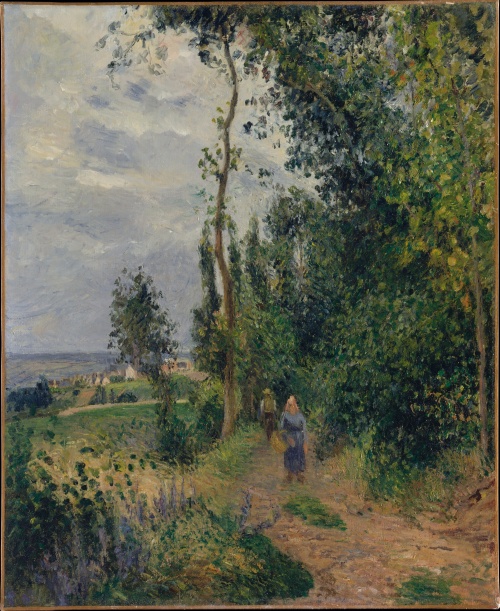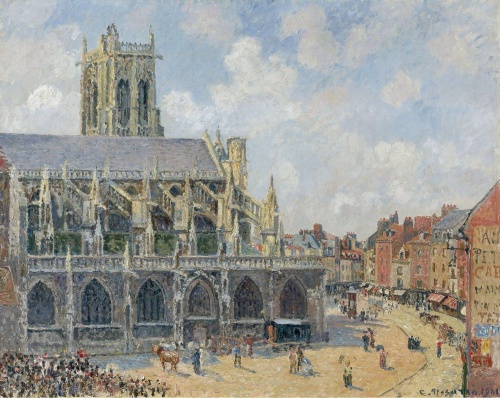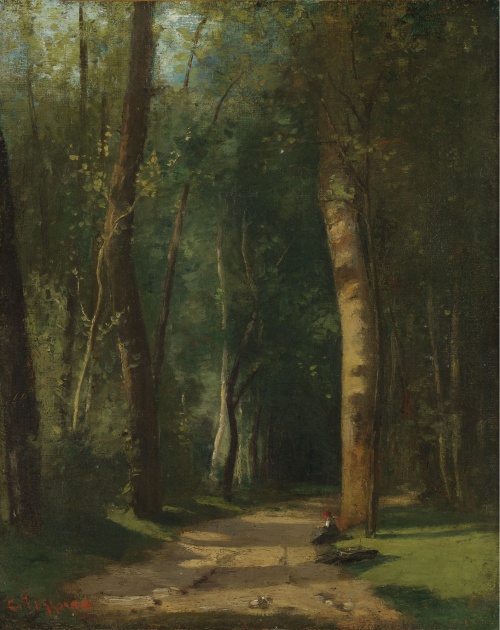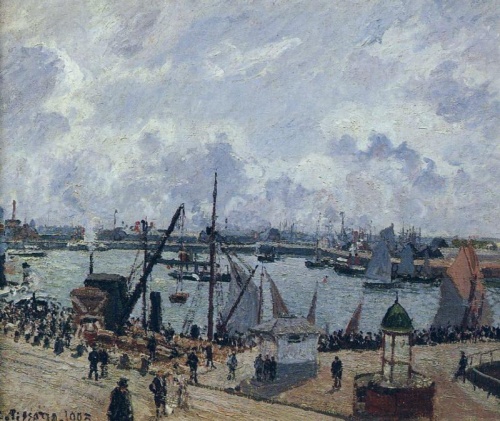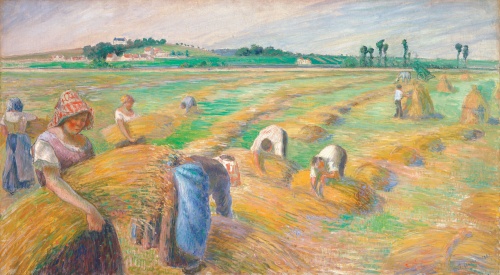The Art of Camille Pissarro (160 works) (part 4)
Jacob Abraham Camille Pissarro (French: Jacob Abraham Camille Pissarro) is a French painter, one of the first and most consistent representatives of impressionism.
Camille Pissarro was born on July 10, 1830 on the island of St. Thomas (West Indies), into a bourgeois family of Sephardic Jew Abraham Pissarro and Rachelle Manzano-Pomier, a native of the Dominican Republic. Until the age of 12, Camille lived in the West Indies, then, at the age of 25, he and his entire family moved to Paris. After graduating from school, he again traveled to Saint-Thomas, as well as to Venezuela, where, together with his friend, the Danish artist Melbu, he mastered the art of painting in Caracas. In 1855 he finally returned to France. From 1855 to 1861 he studied at the Ecole des Beaux-Arts and the Académie Suisse in Paris. His teachers were Camille Corot, Gustave Courbet and Charles-François Daubigny. Took private lessons from I. Danyan. The main subjects of his works during this period are rural landscapes, as well as views of Paris. During the Franco-Prussian War of 1870-1871. Pissarro moved to London. During this time, many of his works, left in Paris, were destroyed by German soldiers living in his house. Only forty paintings have survived. In his political views, Pissarro was a convinced anarchist, and provided regular financial assistance to anarchist publications and the anarchists themselves in France and Belgium. However, anarchism did not have any influence on Pissarro’s work. In the same way, anarchism did not affect the practical side of Pissarro’s life: in need of money, the artist from time to time took part in his father’s commercial activities.
Pissarro had a strong influence on the Impressionists, independently developing many of the principles that formed the basis of their painting style. He was friends with artists such as Degas, Cezanne and Gauguin. Pissarro is the only participant in all eight Impressionist exhibitions. While still studying at the Academy, Pissarro began an affair with his parents’ maid, Julie Velley. But the young people were able to formalize the relationship only after 10 years. The Pissarro family had eight children. Two of them - Georges and Lucien - became artists. Pissarro began as a student of Camille Corot. This choice of teacher already reflected the artist’s innate love for landscape painting. But at the beginning of his creative career, Camille Pissarro paid no less attention to drawing. Already in his early works, the artist paid special attention to the depiction of illuminated objects in the air. Light and air have since become the leading theme in Pissarro's work. Gradually, Pissarro began to free himself from the influence of Corot, and his own style matured. Since 1866, the artist’s palette has become lighter, space permeated with sunlight and light air becomes the dominant feature of his subject, and the neutral tones characteristic of Corot disappear. The works that made Pissarro famous were a combination of traditional landscape subjects and unusual techniques in depicting light and illuminated objects. The paintings of the mature Pissarro are painted with dense strokes and filled with that physical sensation of light that he sought to express.
After meeting Seurat in 1890, Pizarro became interested in the technique of pointillism (separate application of strokes). But these works sold very poorly. Moreover, what Pissarro wanted to convey with the help of this technique gradually exhausted itself and ceased to bring him artistic satisfaction. Pissarro returned to his usual style. In the last years of his life, Camille Pissarro's eyesight noticeably deteriorated. Despite this, he continued to work and created a series of views of Paris, filled with magnificent artistic emotions. The unusual angle of these paintings is explained by the fact that the artist painted them not on the street, but from hotel rooms. This series became one of the highest achievements of impressionism in the transmission of light and atmospheric effects and in many ways its well-known symbol. Pissarro also painted watercolors and created many etchings and lithographs. For lithographs, he even bought a special machine and installed it in his home.
Pissarro worked hard and fruitfully until his death. The artist died on November 12 (according to other sources - November 13), 1903 in Paris. He was buried in the Père Lachaise cemetery.

